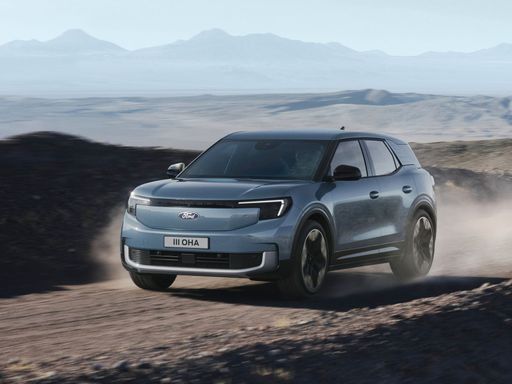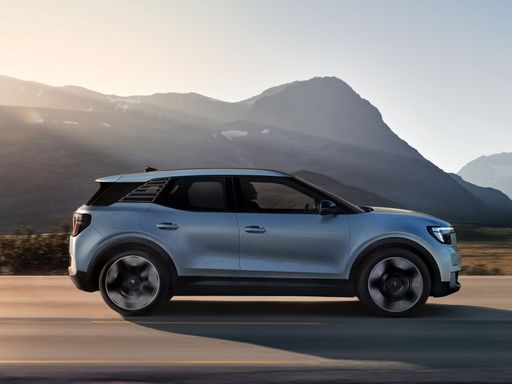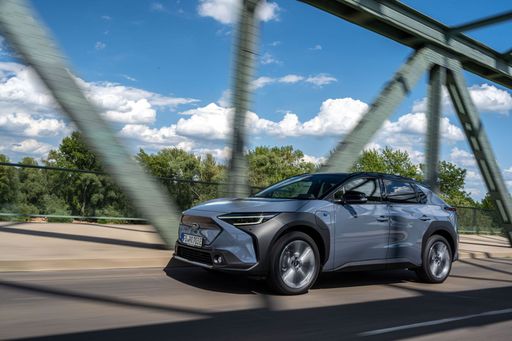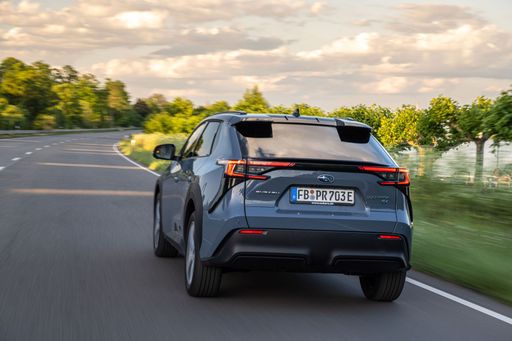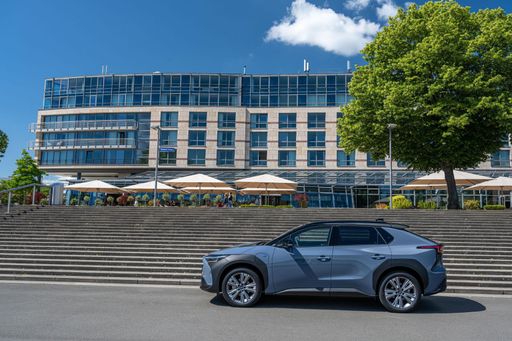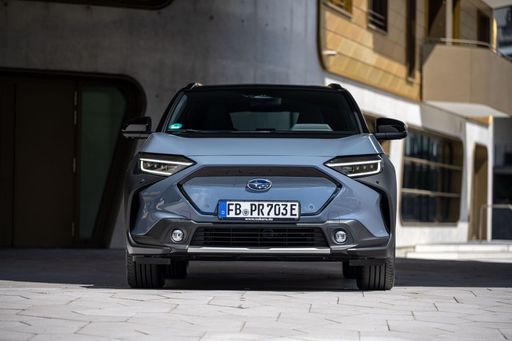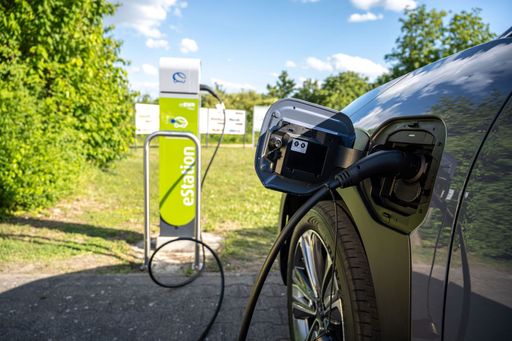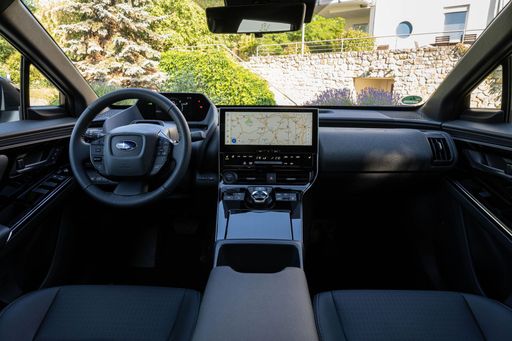Electric SUV Showdown: Ford Explorer EV vs. Subaru Solterra
The automotive industry is rapidly shifting towards electrification, with many car manufacturers introducing electric versions of their popular models. In the arena of electric SUVs, two significant contenders have emerged: the Ford Explorer EV and the Subaru Solterra. This article delves into the specifics of both models, examining their technical aspects and innovations. Which of these electric SUVs will come out on top?

